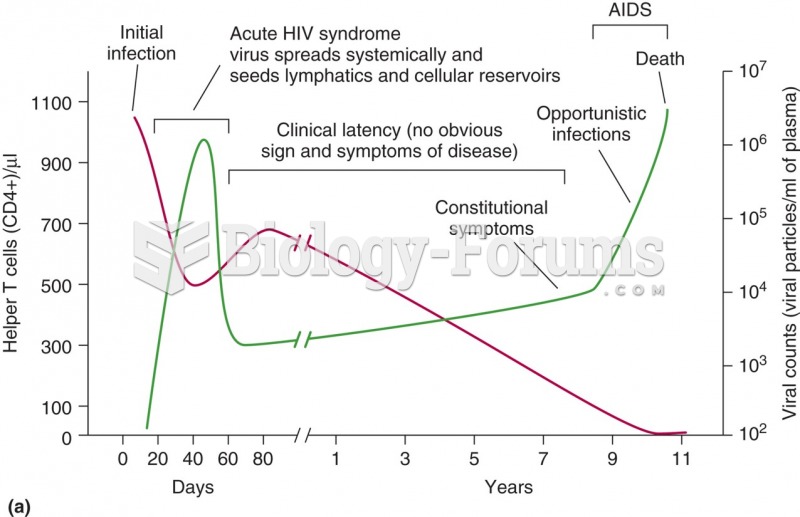Probably no event characterizes the educational context as well during this time as the impact of the Russian launch of the satellite Sputnik in 1957. Americans were shaken out of their complacency when their arch competitors, the Russians, managed to blast off into space in the first rocket. This event was immediately followed by much fault finding and finger pointing as Americans looked for someone to take the blame and for ways to explain why our research and development efforts were overtaken by those of a communist country. Eventually the blame centered on schools and their so-called failure to educate children and youth to be thinkers needed for the modern competitive world. Immediately after Sputnik, amid calls for education to be restructured to make our students more competitive, the space race began to gain momentum. The federal government provided large grants to schools and universities to develop curriculum that focused on math, science, and technology. New ways of teaching subjects and innovative practices in education were implemented. The entire nation felt a sense of urgency to prepare the nation's children for international competition. One of the results of Sputnik was an educational focus on technology development. During the 1950s, televisions were just beginning to become fixtures in living rooms. But the advancements that came about as a result of renewed efforts and resources directed toward space research, a new innovation known as computers soon followed. It wasn't long before computers were used in research endeavors by universities and businesses. The computers of the 1960s and 1970s, although not as impressive as the ones that sit on our desks in the 2000s, began to make a difference in the way we lived and educated our children. Technology revolutionized communication, changed jobs, provided new ways to spend leisure time, and affected transportation and manufacturing. The entire nation felt a sense of urgency to prepare the nation's children for international competition. The above statement from the second paragraph is a statement of
a. fact.
b. opinion.
Question 2
Probably no event characterizes the educational context as well during this time as the impact of the Russian launch of the satellite Sputnik in 1957. Americans were shaken out of their complacency when their arch competitors, the Russians, managed to blast off into space in the first rocket. This event was immediately followed by much fault finding and finger pointing as Americans looked for someone to take the blame and for ways to explain why our research and development efforts were overtaken by those of a communist country. Eventually the blame centered on schools and their so-called failure to educate children and youth to be thinkers needed for the modern competitive world. Immediately after Sputnik, amid calls for education to be restructured to make our students more competitive, the space race began to gain momentum. The federal government provided large grants to schools and universities to develop curriculum that focused on math, science, and technology. New ways of teaching subjects and innovative practices in education were implemented. The entire nation felt a sense of urgency to prepare the nation's children for international competition. One of the results of Sputnik was an educational focus on technology development. During the 1950s, televisions were just beginning to become fixtures in living rooms. But the advancements that came about as a result of renewed efforts and resources directed toward space research, a new innovation known as computers soon followed. It wasn't long before computers were used in research endeavors by universities and businesses. The computers of the 1960s and 1970s, although not as impressive as the ones that sit on our desks in the 2000s, began to make a difference in the way we lived and educated our children. Technology revolutionized communication, changed jobs, provided new ways to spend leisure time, and affected transportation and manufacturing. Identify the relationship between the following sentences from the first paragraph. Immediately after Sputnik, amid calls for education to be restructured to make our students more competitive, the space race began to gain momentum. New ways of teaching subjects and innovative practices in education were implemented.
a. cause and effect
b. comparison
c. simple listing
d. summary







